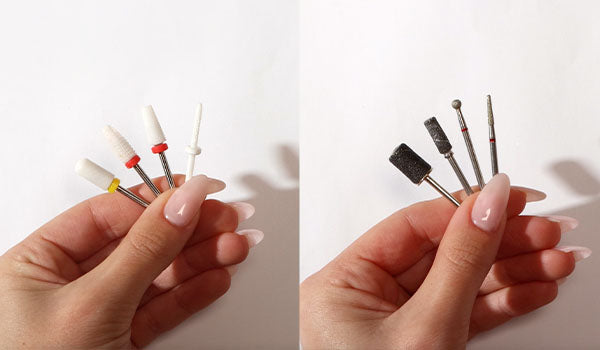E-File Drill Bits Explained
Learn what each E-File Drill Bit does, how to use them, how to care for them, and when it's time to replace them. Your guide to confident, safe E-File use starts here.
From explanations of Drill Bits to removal and technique tips, these tutorials cover the essentials and more.
Learn what each E-File Drill Bit does, how to use them, how to care for them, and when it's time to replace them. Your guide to confident, safe E-File use starts here.
Discover how to safely and effectively remove Gel Nail Polish using the Gelous E-File Pen. This step-by-step guide takes you through the process and techniques for quick, safe E-File removal.
Find out how to get safer, smoother results with your Gelous E-File Pen. From speed settings to rotation direction, you’ll learn how to easily refine your E-File technique.


